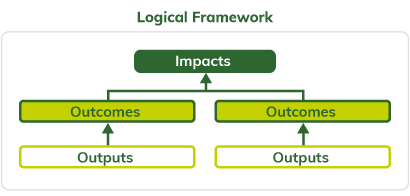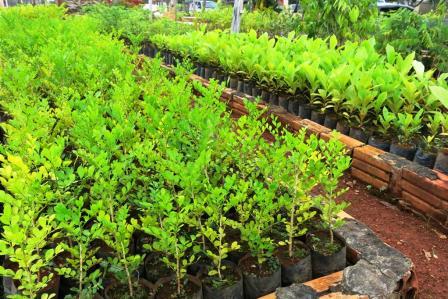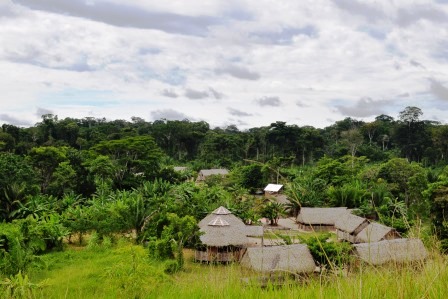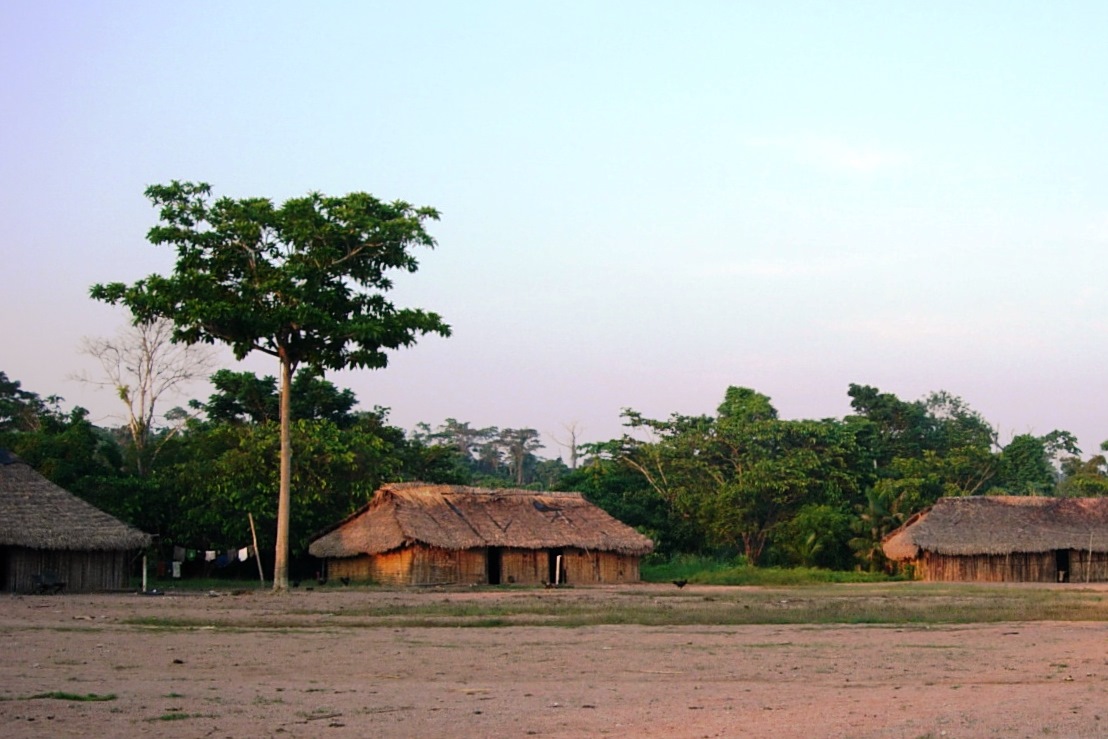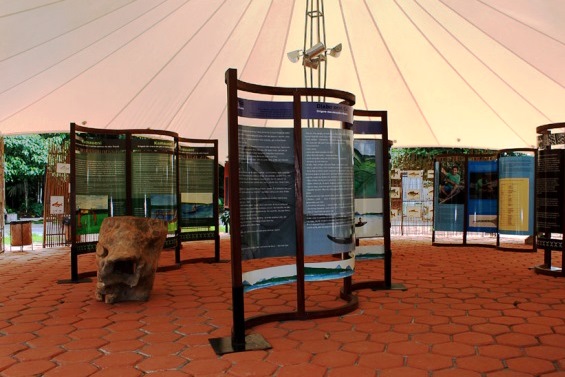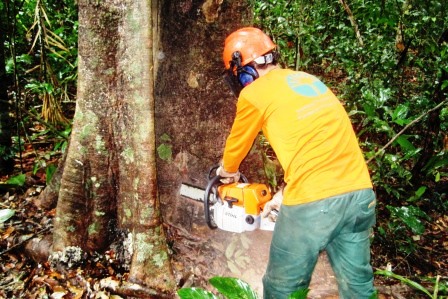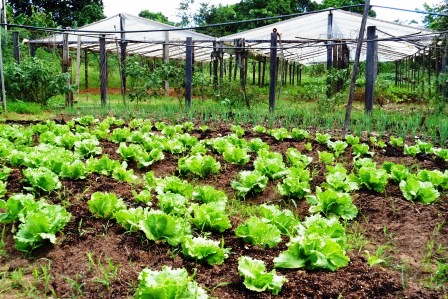ACTIVITIES CONDUCTED
The project conducted a research that, in an integrated way, included the socioeconomic and environmental impacts from the expansion of the economic frontier of the nine states of Brazilian Amazon. The research results were consolidated in reports organized in a compilation named the Amazon Regional Formation, consisting of four volumes: 1. Institutional formation of the Amazon; 2. Amazon socioeconomic Formation; 3. Amazon socioenvironmental formation; and 4. Amazon municipalities sustainability.
The research was composed by activities of identification, characterization and analysis of the capacity and performance of the institutions responsible for social-environmental management in the Brazilian Amazon states, by institutional mapping in the period from 1960 to 2010. The results were consolidated in the first book of the mentioned collection.
An assessment of the relationship between institutional development, economic development, quality of life, and deforestation in the Amazon was developed by the analysis of socioeconomic dynamics and environmental impacts from the expansion process of the Brazilian economic border in the nine states of Brazilian Amazon, in the period from 1960 to 2010. To this end, ten studies were carried out, one for the Brazilian Amazon and nine for each one of the Brazilian Amazonian states. These studies were consolidated in the second book of the aforementioned compilation.
Ten studies to identify, describe and analyze the legally protected areas (including indigenous lands) and public and private initiatives of preservation and management of natural resources were also carried out – one for the Amazon and nine for each one of its states. These studies are in the third volume of the compilation.
Still within the framework of the first stage of the research, the Sustainability Index of the Municipalities of the Amazon (ISMA) was structured and calculated for the Amazon municipalities. This index, which points out the degree of socio-environmental vulnerability of the municipalities, was calculated using the weight of a number of indicators, divided into four dimensions: economic, environmental, political and institutional, and sociocultural.
The 2010 ISMA methodology, dimensions and indicators, as well as the calculation for the Brazilian Amazon municipalities are listed in the fourth volume.
After defining ISMA and comparing it with the other research analyses, the most critical mesoregions in each state of the Brazilian Amazon were identified, i.e., the mesoregions more vulnerable to deforestation and environmental degradation. A baseline municipality was also selected, where the second phase of the research was carried out.
The most critical state mesoregions and the municipalities selected were: Acre (Vale do Juruá – municipality of Cruzeiro do Sul); Amapá (Amapá North region – municipality of Oiapoque); Amazonas (South Amazon – Lábrea); Mato Grosso (Mato Grosso North region – Alta Floresta); Maranhão (Center Region – Grajaú); Pará (Marajó – Breves); Rondônia Madeira-Guaporé – Guajará Mirim); Roraima (South – Mucajaí); Tocantins (West – Tocantinópolis).
In the second stage of the research (action research), local management committees of the Amazon Public Policies Incubator were formed through the mobilization of the social actors of each mesoregion. These committees had the participation of researchers and various regional actors, including academic representatives from the most vulnerable mesoregions; the municipalities’ city halls; the legislative power of these municipalities; state and Federal Government organizations operating in those mesoregions; indigenous peoples and quilombola communities; productive associations; rural producers’ labor unions; and other civil society organizations from these mesoregions.
In this collaborative process, the main problems of the political and institutional, economical, sociocultural, and environmental dimensions of the nine mesoregions were identified. Priority actions to overcome their problems were also proposed. In the economical dimension, for example, the main products and economic chains of these mesoregions with high potential for economic expansion were identified. For this purpose, the demand by the consumer market for products and services of these mesoregions, the environmental viability of large-scale exploitation and the social capital for its development and other aspects were evaluated.
It should be highlighted that the action-research methodology approximated researchers and the population. The events had the participation of local communities and their representative organizations, thus giving the opportunity to these communities to discuss their problems in a collective way. This enabled a better understanding of the problems, as well as an assessment of its magnitude considering how many times it was mentioned by the public.
The action-research results on the municipalities’ sustainability and the nine mesoregions vulnerability are in the fourth volume of the Amazon Regional Formation collection, where the reader can also find information on ISMA and the data for 711 municipalities in the Brazilian Amazon (2010).


